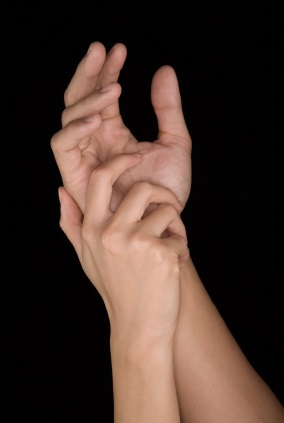Historically carpal tunnel syndrome (CTS), a repetitive strain injury caused by the compression of a nerve at the base of the palm, had affected mostly laborers and those involved in manufacturing, construction and personal service industries, according to 2008 National Institute of Health journal article “Attributable Risk of Carpal Tunnel According to Industry and Occupation in a General Population.” It’s also noted that while CTS can affect any age group, it was the 44 and over set that had the highest incidence in the past. With the rise of technology and smartphones however, a wide range of occupations and maybe even more surprisingly, younger age groups are being affected.
With technology at our fingertips at any time Americans spend hours and hours using keyboards and smart phones–which is directly related to a rise in the instances of carpal tunnel syndrome, according to NPR Digital report “Typing, Texting and Carpal Tunnel.”
Symptoms of carpal tunnel syndrome may include numbness and tingling in the hand–it may seem especially prevalent at night; pain when gripping; and clumsiness in handling objects. It is possible for carpal tunnel pain to extend from the hand to the elbow and shoulder.
Prevention Vs. Treatment
While there is no definitive way to prevent carpal tunnel syndrome there are precautions one can take to minimize the risk. The Mayo Clinic outlines these preventative measures–these can be especially helpful if your work environment requires a lot of tablet and smartphone usage:
- Relax your grip: Overuse is not the only reason for CTS, excessive force when gripping, texting, typing and writing can cause painful injury
- Take frequent breaks: Even if it’s just a minute stretch and change positions often
- Improve your posture: Having poor posture when performing repetitive tasks can affect your joints
- Keep hands warm: Colder environments can lead to pain and stiffness in fingers, hands and wrists (fingerless gloves are useful in this situation)
Treatment for carpal tunnel syndrome could include stabilizing the wrist in a splint or brace, or steroid injections into the carpal canal to help decrease swelling. In the event that an injury does not respond to non-surgical methods, surgery may be required.
Worried About Carpal Tunnel Syndrome? The OrthopAedic Center Can Help.
Do you think you might have the symptoms of carpal tunnel syndrome? The Orthopedic Center can help you decide what the next steps should be. For more information contact The Orthopaedic Center, with locations conveniently located in Sapulpa, Cushing, South Tulsa and Midtown Tulsa. We look forward to meeting you, give us a call at 918-582-6800.


